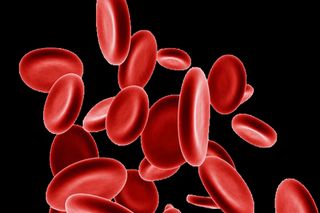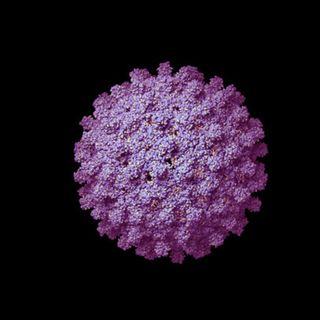
Anemia Is Often Seen as Iron Deficiency, But It Has Many Causes
Anemia due to iron deficiency remains most prevalent in women because of the iron lost in menstrual blood.

The human body contains three types of blood cells: red blood cells (erythrocytes), white blood cells (leukocytes), and platelets. Red blood cells carry nourishing oxygen to various tissues in the body. The lack of enough red blood cells to carry out this requirement can cause weakness and exhaustion — a condition known as anemia.
Anemia can be temporary or long term, with five types — each with their own cause. This condition is characterized by the inability of the kidney, bone marrow, and nutrients in the body to create enough functional red blood cells. A deficiency in iron, especially, is directly linked to most types of anemia as 70% of the body’s iron is found in red blood cells as hemoglobin — which is essential to transfer oxygen to the body’s tissues.
What are the different types of anemia?
- Aplastic Anemia. This is when the body stops producing an adequate amount of new red blood cells. Aplastic anemia occurs due to bone marrow damage and can cause fatigue, uncontrolled bleeding, and a higher risk of contracting infections. It can develop at any age, any time, and is either acute or chronic. Aplastic anemia can be fatal if not treated. Treatment includes medication, blood transfusion, and in extreme cases, a stem cell/bone marrow transplant.
- Iron Deficiency Anemia. A common type of anemia, in which a deficiency in iron leads to a lack of healthy red blood cells, iron deficiency anemia can be corrected with iron supplements and does not cause complications unless left untreated for a long time. Iron deficiency anemia during pregnancy can also lead to premature births, low birth weight, and postpartum depression.
- Sickle Cell Anemia. This type of anemia is genetic and inherited. Red blood cells, usually concave, instead form looking like sickles and often die within 10 to 20 days, as compared to healthy red blood cells that live for 120 days. It can cause pain, swelling, delayed growth, and even vision problems. While sickle cell anemia is incurable, treatment plans can help alleviate pain.
- Thalassemia. This is also an inherited disorder caused by a gene mutation, which leads to low hemoglobin and red blood cell count. Severe forms of thalassemia require frequent blood transfusions, but mild thalassemia is manageable with diet and exercise. More serious potential effects of thalassemia in severe cases include heart problems, spleen and bone deformities and slowed growth rates.
- Vitamin Deficiency Anemia. This is caused by a dietary deficiency of, or the body’s inability to effectively absorb, nutrients like folate, vitamin B-12, and vitamin C. This can be corrected by a change in diet, but if left untreated can lead to complications like nervous system disorders, scurvy, and pregnancy complications like premature births.
Related on The Swaddle:
India Consumed 16% Fewer Iron‑Rich Vegetables in the Past Decade
Who is most at risk for anemia?
Women. 51% of Indian women aged 15 to 49 are anemic, according to a 2017 Global Nutrition report. Another 2018 analysis from GlobalData states that India has the highest prevalence of anemia among the world’s biggest pharma markets.
Women, in general, are more susceptible to anemia than men due to more frequent loss of iron from the body via menstruation and an increased need for iron during pregnancy and breastfeeding. In addition to these factors, Indian women are more susceptible to anemia due to common vegetarian diets, which contain less iron as compared to meat-based diets, and a genetic predisposition towards sickle cell and thalassemia among certain Indian ethnic groups. Lack of vitamins like B9 (folate), B12, and iron in daily diets are also a cause of higher anemia rates in Indian women, according to a report by Business Standard.
Related on The Swaddle:
What’s the Deal with Vitamin B12?
What are the symptoms of anemia?
Common symptoms of anemia include fatigue, being short of breath, headaches, chest pain, feeling faint/dizzy, having sallow (pale or yellowish) skin, cold hands, and feet, and experiencing irregular heartbeats. Other indicators can also be low blood pressure and abnormal stools. Occasionally, pica — that is, the craving to eat inedible things — is a sign of iron-deficiency induced anemia, too.
How is anemia treated and diagnosed?
A complete blood count test can determine the number of blood cells in a sample of blood, and evaluate the blood cells’ size, shape, color, and health. Treatment plans vary with respect to whether that specific type of anemia is curable, acute or chronic, and can range from nutrition supplements to stem cell transplants, depending on severity.
Aditi Murti is a culture writer at The Swaddle. Previously, she worked as a freelance journalist focused on gender and cities. Find her on social media @aditimurti.
Related


Everything You Need to Know About Hepatitis B
